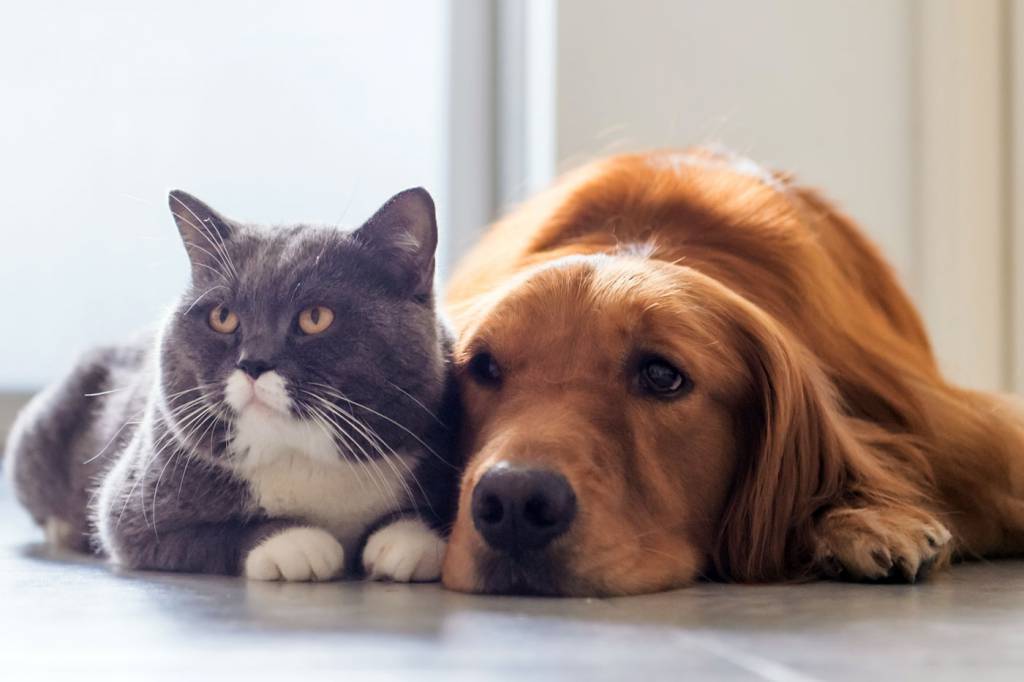Alfaxan Multidose Administration Guide for Dogs and Cats

The guide to achieving the best outcome for your patient and your team when using Alfaxan® orAlfaxan® Multidose for the induction of anaesthesia in dogs and cats.
Premedication
- Dependent on the case ensure suitable premedicant drugs have been administered and an appropriate length of time has elapsed to allow the premedication to achieve peak effect.
- Premedications will usually reduce the dose of Alfaxan and other agents required to induce and maintain anaesthesia. Some agents have a greater effect than others.
- Alpha-2 agonists have marked anaesthetic sparing effects and may slow circulation time through their effect on the cardiovascular system, increasing the induction time. Ensure Alfaxan is slowly titrated to effect following premedication with an alpha-2 agonist.
Recommended dose
An intravenous cannula is recommended for the administration of Alfaxan® and Alfaxan® Multidose.
Dog Dose
| Un-premedicated | Premedicated |
| 3 mg/kg | 2 mg/kg |
| 0.3 mL/kg | 0.2 mL/kg |
Cat Dose
| Un-premedicated | Premedicated |
| 5 mg/kg | 5 mg/kg |
| 0.5 mL/kg | 0.5 mL/kg |
Induction
- Calculate and prepare the full dose of Alfaxan or Alfaxan Multidose.
- Within the syringe divide the dose into 4 equal parts.
- Administer the first ¼ dose slowly.
- Ensure the dose is flushed through with sterile saline (the cannula and bung can hold approx. 0.1-0.15 mL of fluid). This is particularly important in small patients.
- Assess depth of anaesthesia.
- Continue to administer 1/4 of the calculated dose slowly every 15 seconds until an appropriate depth of anaesthesia is achieved.
- If intubation cannot be achieved within 1 minute following a full calculated dose, up to one further full dose may be administered to effect.
- Ideally intubate following induction and administer supplemental oxygen.
- Aim to administer Alfaxan slowly and to effect. Rapid administration may result in transient apnoea.
- A compensatory increase in heart rate may be seen following Alfaxan administration.
This is a normal physiological response due to a maintained baroreceptor reflex and persists for 10-15 minutes in most patients.
Transition
Alfaxan provides sufficient duration of action to allow a smooth, unrushed, transition to volatile maintenance: approximately 8-12 minutes in dogs and 20-25 minutes in cats.
Maintenance
The majority of patients will be maintained on volatile agents carried in oxygen. However, if necessary, Alfaxan may be used in dogs and cats for maintenance of anaesthesia for up to 1 hour following Alfaxan induction.
Total Intravenous Anaesthesia (TIVA) with Alfaxan
- Alfaxan is registered for the maintenance of anaesthesia in dogs and cats for up to 1 hour, either by intermittent bolus or constant rate infusion.
- Ideally intubate and administer supplemental oxygen.
- An intravenous cannula is beneficial for all patients and is recommended for TIVA lasting more than
5 minutes. - For bolus maintenance (most suitable for short procedures) small incremental doses may be administered as depth of anaesthesia begins to decline, or approximately every 10 minutes. Ensure each dose is flushed through with saline.
- For constant rate infusion a suitably calibrated syringe driver, or similar device, should be employed.
- The animal should be carefully monitored as respiratory depression may occur during Alfaxan TIVA. IPPV should be initiated if necessary to maintain oxygenation and normal PaCO2.
- The duration of recovery may be longer following Alfaxan TIVA than with volatile maintenance.
- The intermittent bolus or CRI dose of Alfaxan may require reducing by up to 20%, and the intervals between intermittent bolus administration increasing by up to 20%, in animals with renal or hepatic compromise.
Suggested Alfaxan doses for maintenance of anaesthesia in dogs and cats (up to 1 hour).
Dogs
| Un-premedicated | Premedicated | |
| Dose for constant rate infusion (CRI) | ||
| mg/kg/hour | 8 – 9 | 6 – 7 |
| mg/kg/minute | 0.13 – 0.15 | 0.10 – 0.12 |
| mL/kg/minute | 0.013 – 0.015 | 0.010 – 0.012 |
| Bolus dose for each 10 minutes of maintenance | ||
| mg/kg | 1.3 – 1.5 | 1.0 – 1.2 |
| mL/kg | 0.13 – 0.15 | 0.10 – 0.12 |
Cats
| Un-premedicated | Premedicated | |
| Dose for constant rate infusion (CRI) | ||
| mg/kg/hour | 10 – 11 | 7 – 8 |
| mg/kg/minute | 0.16 – 0.18 | 0.11 – 0.13 |
| mL/kg/minute | 0.016 – 0.018 | 0.011 – 0.013 |
| Bolus dose for each 10 minutes of maintenance | ||
| mg/kg | 1.6 – 1.8 | 1.1 – 1.3 |
| mL/kg | 0.16 – 0.18 | 0.11 – 0.13 |
Recovery
- Animals should ideally be extubated in an area where they will receive constant monitoring.
- Ensure regular monitoring during recovery.
- Minimise stimulation (manipulation, sound, light) to assist smooth recovery.
- Adequate levels of analgesia and a degree of sedation will help improve recovery.
